AO Edited
Tintagel Castle
A fantastic castle rumored to be the birthplace of King Arthur.
Tintagel Castle stands on windswept cliffs in North Cornwall overlooking the Atlantic Ocean. If it looks like something from an Arthurian legend, that’s because it is—the gorgeous castle is said to be the birthplace of King Arthur.
Before proceeding, it should be noted that Arthur may or may not have existed. Likely, as a single historical figure, he did not. There is almost no solid historical evidence of his having existed, though there is also almost no historical record of that time in England at all. A Welsh figure of legend, Arthur was already the stuff of mystery and myth when the Historia Regum Britanniae first introduced him to the non-Welsh world in the 1100s.
Of course, this doesn’t stop anyone from visiting his supposed birthplace. Tintagel Castle is a medieval-era relic located on the small peninsula of Tintagel Island, next to the village of Tintagel. Historians believe the site was most likely used in the Romano-Celtic period. Hints abound that the site was a high-status settlement that acted as an important trading location between the British Isles and the Mediterranean region.
The castle is thought to have been a residence of the King of Dumnonia. After Cornwall was absorbed by the kingdom of England, a new(er) castle was built upon the site by Richard, the Earl of Cornwall, in 1233. Both before and after that renovation, the site had long been associated with Arthurian legends.
In the semi-mythical book, The History of the Kings of Britain by Geoffrey of Monmouth, Tintagel was singled out as the birthplace of the historically debatable King Arthur. An artificial hollow in the rock at the highest southern point of Tintagel Island is locally known as “King Arthur’s Footprint.” It may have been used for the inauguration of kings at some point in medieval history.
The castle didn’t realize its destiny as a tourist destination until the Victorian era, when Arthurian legends were in vogue. This fascination has carried into the modern day, and visitors travel for miles to catch a glimpse of the supposed home of the legendary figure.
Starting in 2015, English Heritage embarked on a project to “reimagine Tintagel’s history and legends across the island site.” This included Merlin’s Cave, where a bearded face was carved into stone to represent the legendary wizard, as well as Gallos, an eight-foot-tall bronze sculpture of a ghostly man wearing a crown and holding a sword. In 2019, a cantilevered steel footbridge connecting Tintagel Island and the mainland was completed and opened to the public.
A series of archaeological excavations in 2016 and 2017 uncovered the remains of relatively structures dating back to the 5th and 6th centuries, as well as shards of pottery and glass.
Know Before You Go
Through Tintagel village - at end of Castle Road.













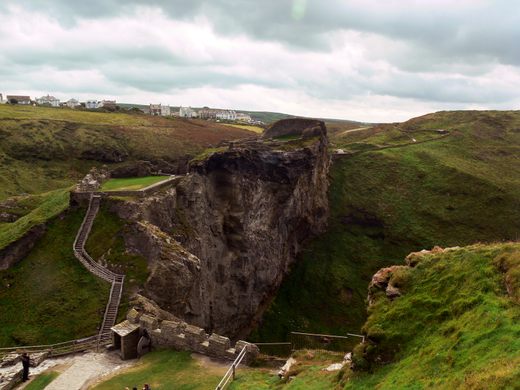

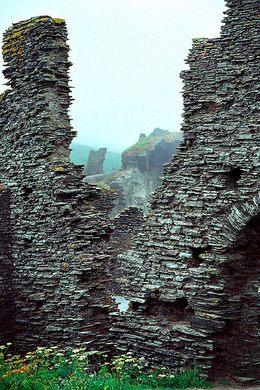

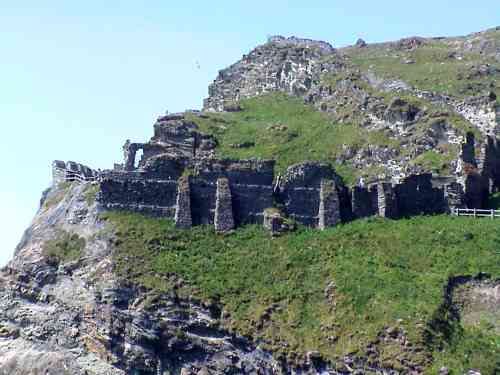

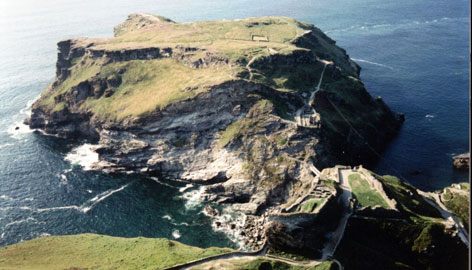











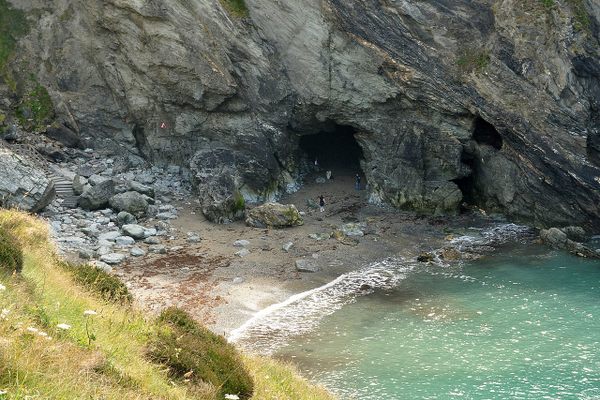
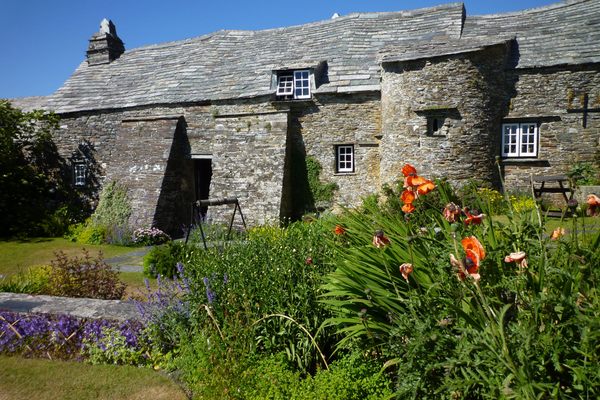


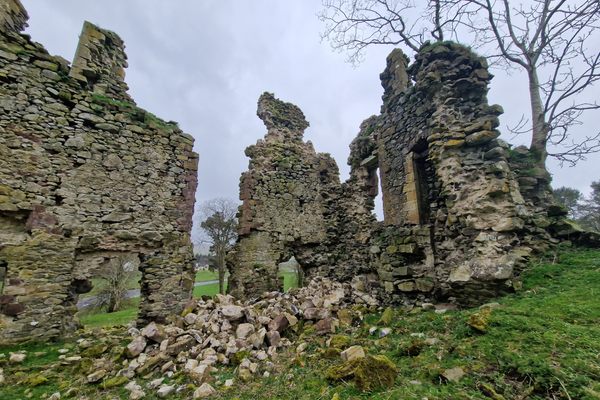
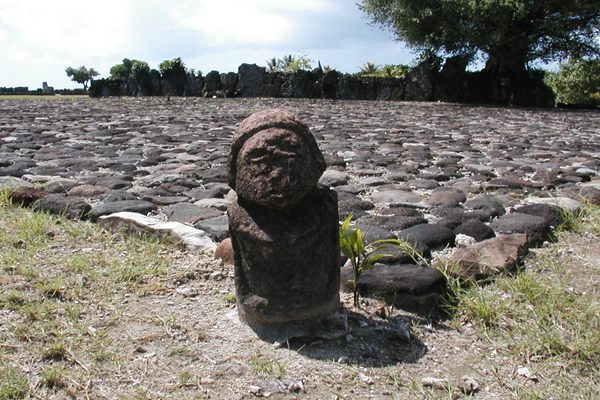


Follow us on Twitter to get the latest on the world's hidden wonders.
Like us on Facebook to get the latest on the world's hidden wonders.
Follow us on Twitter Like us on Facebook